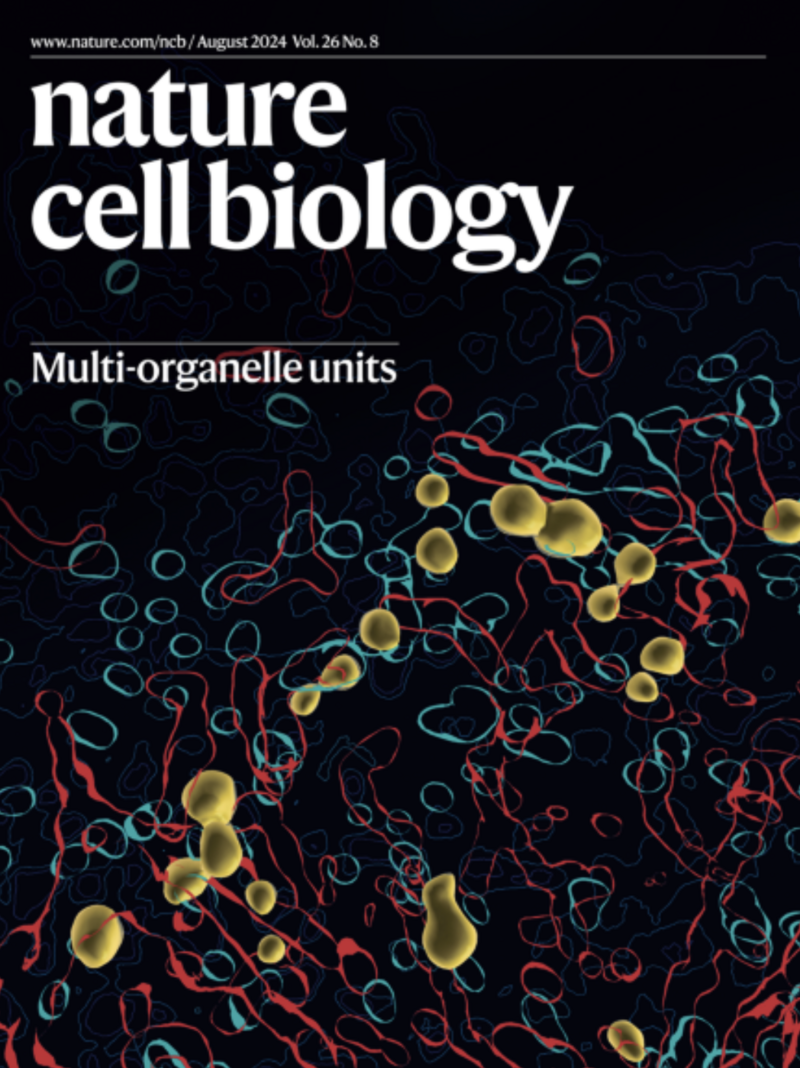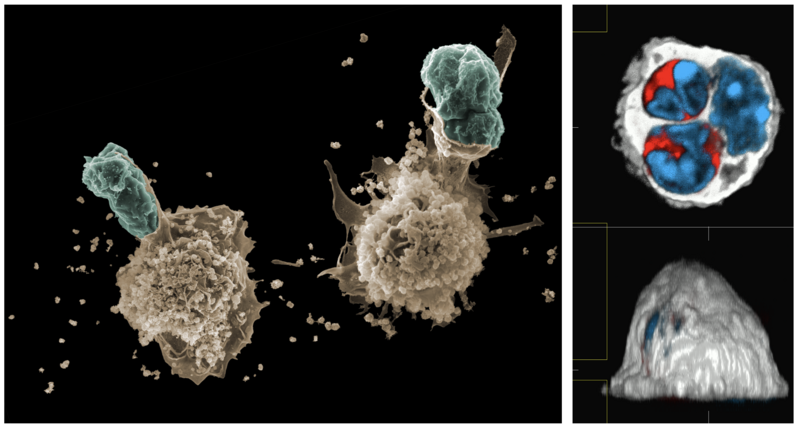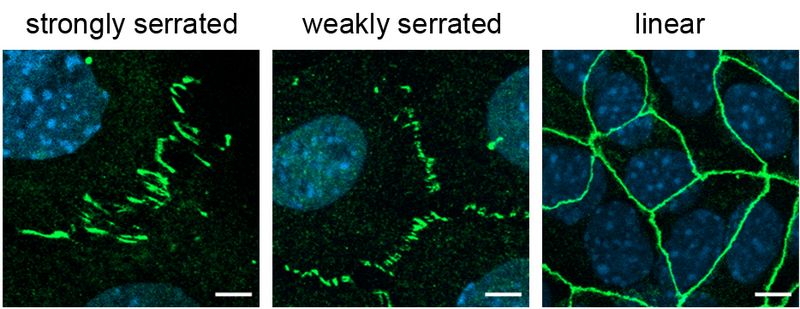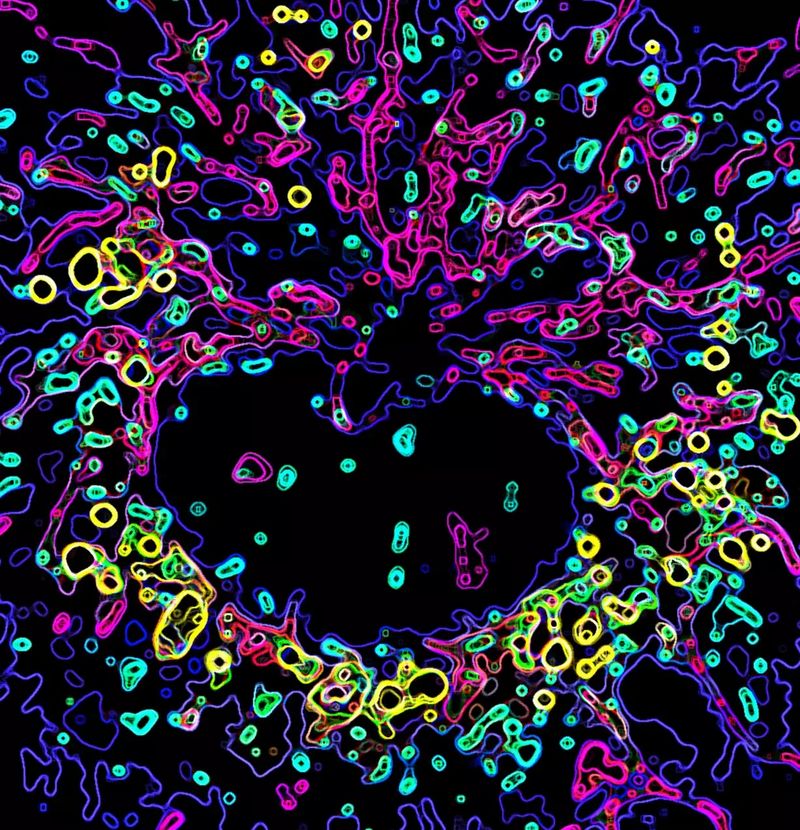News from the Institute of Medical Biochemistry (IMB)

August 14th, 2024:
And congratulations again to Angelika and team for the cover of Nature Cell Biology (Volume 26 Issue 8, August 2024) highlighting their study on multi-organelle units.
Link: https://www.nature.com/ncb/volumes/26/issues/8

August 2nd, 2024:
New study on Mast Cell Intracellular Traps in “Cell”.
Happy to highlight our new study in Cell, which was led by first author Dr Michael Mihlan and senior authors Dr Angelika Rambold and Prof Tim Lämmermann. We discovered that mast cells can trap living neutrophils, forming an unknown cell-in-cell structure, before mast cells start using neutrophil components. Our study shows an unexpected functional liaison between these two cell types during allergic reactions. With great help from Manuel from IMB, several members of the MPI Freiburg team and numerous national and international collaborators.
Link: https://www.cell.com/cell/fulltext/S0092-8674(24)00774-8
Link: https://www.uni-muenster.de/news/view.php?cmdid=14211&lang=en

July 17th, 2024:
A new study by the team of Prof. Klaus Ebnet published in “Frontiers in Cell and Developmental Biology” has characterized the role of Rho GDP dissociation inhibitor 1 (RhoGDI1) in cell-cell contact formation of epithelial cells. The team found that RhoGDI1 regulates several processes associated with junction formation and function, including the development of cell-cell contacts, the formation of functional tight junctions, and collective cell migration. The study also identified the cell adhesion receptor JAM-A as a potential regulator of RhoGDI1 recuitment to cell-cell contacts. The study provides new insights into the molecular regulation of epithelial cell-cell contact formation and further underlines the role of JAM-A as a regulator of epithelial cell-cell junctions.

July 5th, 2024:
Visualizing the complex inner lives of macrophages.
Outstanding new study in Nature Cell Biology from the team of Dr Angelika Rambold, who will join our institute as independent group in early 2025. With “OrgaPlexing”, her team developed a novel multiplex imaging method that simultaneously illuminates several key organelle systems (mitochondria, endoplasmic reticulum, Golgi, peroxisomes, lipid bodies, lysosomes) in primary immune cells. Using this method to comprehensively map intracellular compartments, Angelika’s group identifies functional multiorganelle units (MOUs) that control intracellular cell metabolism and the production of inflammatory molecules in macrophages.
With great help from Frauke, Klaus and Manuel from IMB.
Link: https://www.nature.com/articles/s41556-024-01457-0


